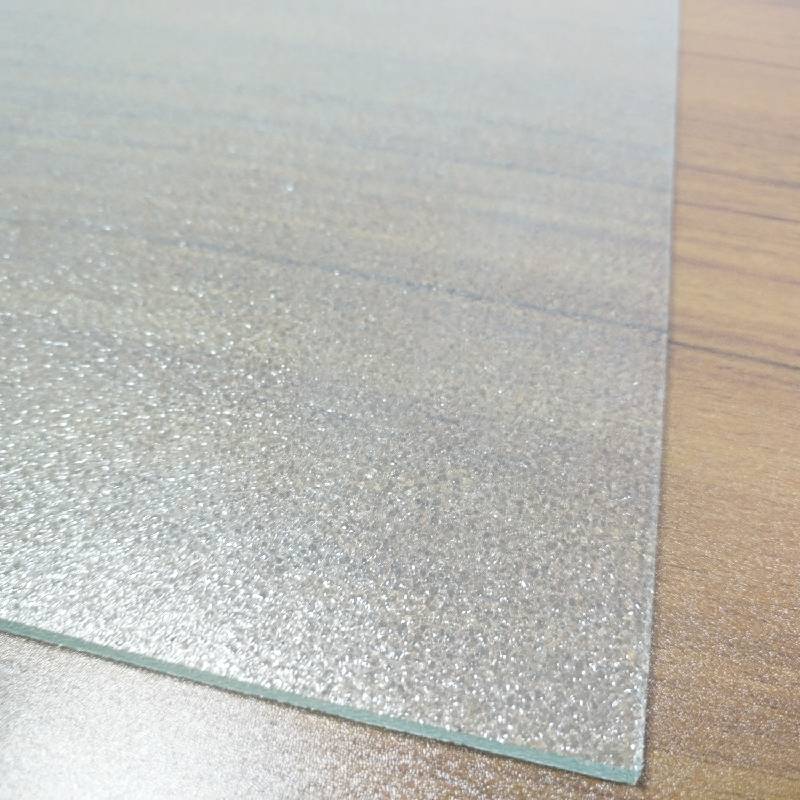The Diversity of Glass Architecture Exploring Types and Innovations
Glass architecture has revolutionized modern design, blending aesthetics with functionality. In recent years, this innovative use of glass has transformed the skyline of cities around the world, creating structures that are not only visually striking but also environmentally efficient. This article delves into the various types of glass architecture, illustrating how glass has become a fundamental element in contemporary building design.
One of the most popular types of glass architecture is the curtain wall system. This non-structural exterior wall is composed of lightweight glass panels that are hung from a building's frame, allowing for expansive views and abundant natural light. Curtain walls are often used in skyscrapers, enhancing their sleek design while providing thermal efficiency. The use of double-glazed or triple-glazed glass in these systems improves insulation and reduces energy consumption, making them an environmentally friendly choice.
Another type of glass architecture is glass facades, which envelop buildings in a transparent layer. This feature is commonly utilized in corporate and commercial buildings, where a modern look is essential. Glass facades not only enhance the visual appeal but also contribute to the building’s functionality by controlling daylight penetration and reducing glare. Moreover, advancements in smart glass technology have introduced dynamic facades that can adjust their transparency based on sunlight exposure, optimizing energy performance.
types of glass architecture
In contrast, structural glass architecture takes innovation a step further by using glass as a load-bearing element. This approach allows for stunning designs that appear almost weightless. Examples include glass bridges, staircases, and structural walls that provide a seamless connection to the outdoors. Such designs challenge the notion of traditional building materials, showcasing the strength and versatility of glass.
The concept of glasshouses is another fascinating aspect of glass architecture. These are structures designed to maximize natural light, often incorporating large glass panels and minimal interior walls. Glasshouses blur the boundaries between indoor and outdoor spaces, creating an immersive environment that fosters a sense of tranquility. These designs are increasingly popular in residential architecture, appealing to those who appreciate nature and want to create a harmonious living space.
Lastly, glass skylights and roof glazing serve to enhance the interior ambiance of buildings. By allowing daylight to penetrate deep into the structure, these features reduce the need for artificial lighting and improve occupant well-being. Natural light has been shown to boost mood and productivity, making glass skylights a valuable addition to office spaces and public buildings.
In conclusion, the various types of glass architecture exemplify the potential of glass as a primary building material. From curtain walls and facades to structural elements and glasshouses, the integration of glass in architecture not only enhances aesthetic appeal but also supports sustainability and innovation. As technology advances, the future of glass architecture promises even more exciting possibilities, reshaping our built environment for generations to come.
 Afrikaans
Afrikaans  Albanian
Albanian  Amharic
Amharic  Arabic
Arabic  Armenian
Armenian  Azerbaijani
Azerbaijani  Basque
Basque  Belarusian
Belarusian  Bengali
Bengali  Bosnian
Bosnian  Bulgarian
Bulgarian  Catalan
Catalan  Cebuano
Cebuano  Corsican
Corsican  Croatian
Croatian  Czech
Czech  Danish
Danish  Dutch
Dutch  English
English  Esperanto
Esperanto  Estonian
Estonian  Finnish
Finnish  French
French  Frisian
Frisian  Galician
Galician  Georgian
Georgian  German
German  Greek
Greek  Gujarati
Gujarati  Haitian Creole
Haitian Creole  hausa
hausa  hawaiian
hawaiian  Hebrew
Hebrew  Hindi
Hindi  Miao
Miao  Hungarian
Hungarian  Icelandic
Icelandic  igbo
igbo  Indonesian
Indonesian  irish
irish  Italian
Italian  Japanese
Japanese  Javanese
Javanese  Kannada
Kannada  kazakh
kazakh  Khmer
Khmer  Rwandese
Rwandese  Korean
Korean  Kurdish
Kurdish  Kyrgyz
Kyrgyz  Lao
Lao  Latin
Latin  Latvian
Latvian  Lithuanian
Lithuanian  Luxembourgish
Luxembourgish  Macedonian
Macedonian  Malgashi
Malgashi  Malay
Malay  Malayalam
Malayalam  Maltese
Maltese  Maori
Maori  Marathi
Marathi  Mongolian
Mongolian  Myanmar
Myanmar  Nepali
Nepali  Norwegian
Norwegian  Norwegian
Norwegian  Occitan
Occitan  Pashto
Pashto  Persian
Persian  Polish
Polish  Portuguese
Portuguese  Punjabi
Punjabi  Romanian
Romanian  Russian
Russian  Samoan
Samoan  Scottish Gaelic
Scottish Gaelic  Serbian
Serbian  Sesotho
Sesotho  Shona
Shona  Sindhi
Sindhi  Sinhala
Sinhala  Slovak
Slovak  Slovenian
Slovenian  Somali
Somali  Spanish
Spanish  Sundanese
Sundanese  Swahili
Swahili  Swedish
Swedish  Tagalog
Tagalog  Tajik
Tajik  Tamil
Tamil  Tatar
Tatar  Telugu
Telugu  Thai
Thai  Turkish
Turkish  Turkmen
Turkmen  Ukrainian
Ukrainian  Urdu
Urdu  Uighur
Uighur  Uzbek
Uzbek  Vietnamese
Vietnamese  Welsh
Welsh  Bantu
Bantu  Yiddish
Yiddish  Yoruba
Yoruba  Zulu
Zulu 

